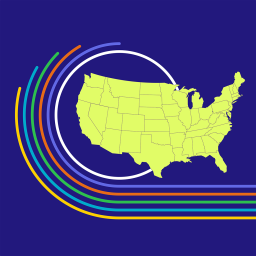Federal policymakers must preserve evidence-based sex education.
Adolescent Access to Sexual and Reproductive Health Care in the United States
Featured
Why is adolescent access to sexual and reproductive health care important?
Young people deserve access to comprehensive sexual and reproductive health (SRH) care, including abortion, contraception, STI testing, pregnancy services, and gender-affirming care. However, they often face unique barriers, such as the need for confidential care, lack of financial resources, limited transportation, and restricted access to comprehensive sex education, which further hinders their ability to obtain essential health services.
On this page, the term “adolescents” includes overlapping categories of young people such as minors (those under 18), teens (aged 13–19), and can also include individuals aged 24 or younger.
Key Issues for Adolescent Access to SRHR
Young people face unique barriers and specific policy restrictions that limit their access to abortion care.
Comprehensive sex education helps young people understand their bodies, relationships and health—but access to it is restricted and threatened across the country.
Young people have specific needs for birth control and face unique barriers when it comes to accessing the method of contraception that works best for them. Many of our resources include age-specific evidence related to adolescents.
Gender-affirming care bans are harmful to transgender youth and are one of many ways that policymakers are using targeted policies to exclude trans people from public life.
Misinformation around young people’s sexual activity and behavior contributes to restrictive and harmful policies.
Our data show that unwanted pregnancies among young people have fallen significantly since the late 1980s.
Shaping the Conversation
Explore Guttmacher’s Resources on Adolescent SRH Access in the United States
Explore all our resources on young people’s access to SRH in the United States, including peer-reviewed research, policy analyses, and tracking of relevant legislative updates at the state and federal level.




